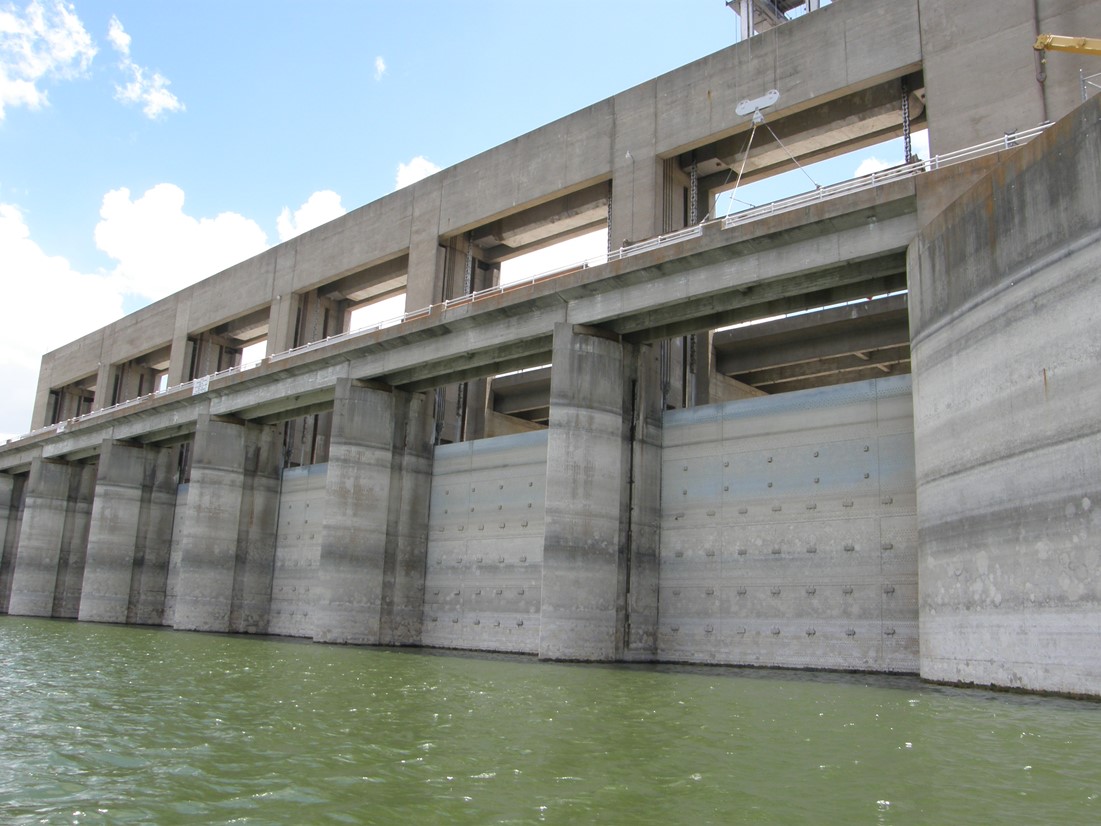Pozzolana - Falcon Dam
Pozzolana Ash and Falcon Dam
Beginning 2,500 years ago, a Greek colony located near modern Naples in Italy began using a mixture of lime and volcanic ash from Mount Vesuvius for building and underwater construction. Through time it would come be known as “Roman Concrete” or hydraulic cement. The ash or pozzolan would take its name from the nearby town of Pozzuoli.
Between 1950 and 1954 Pozzolana, Inc. of Rio Grande City, a subsidiary of Rio Clay Products owned by Rudy and Ed Nordmeyer supplied, 22 million pounds of pozzolan (otherwise known as volcanic ash) was mined from the Catahoula Formation for the construction of Falcon Dam.
Listen to the English podcast - Pozzolana Ash and Falcon Dam
Hace 2 500 años, en una colonia griega asentada en las cercanías de lo que hoy es la ciudad de Nápoles, en el sur de Italia, se empezó a utilizar una mezcla de cal y ceniza volcánica procedente del monte Vesubio para construir tanto a nivel de suelo como bajo el agua. Con los años pasaría a conocerse como «hormigón romano», o cemento hidráulico. Este tipo de ceniza se denomina «puzolana» debido a la localidad de Pozzuoli, cercana a su punto de procedencia. Entre 1950 y 1954, la empresa Pozzolana, una sociedad anónima de Río Grande City subsidiaria de la sociedad limitada Rio Clay Products, a su vez propiedad de Rudy y Ed Nordmeyer, extrajo de la Formación Catahoula 10 000 toneladas de puzolana para la construcción de la Presa Falcón.
Escucha en Español – Presa Falcón y Pozzolana

